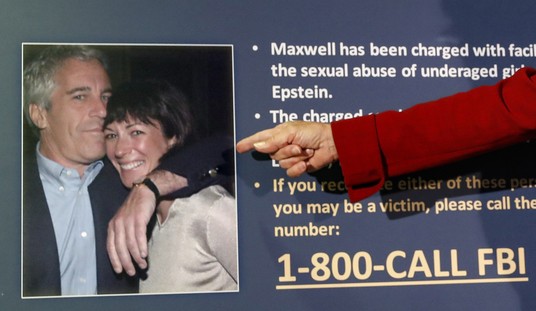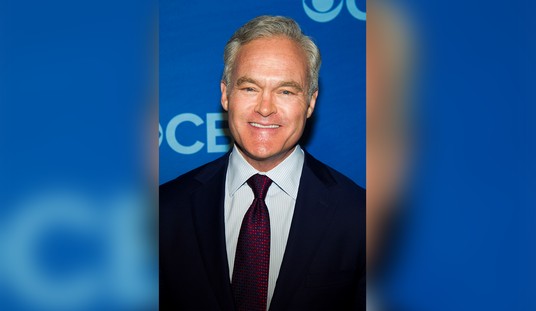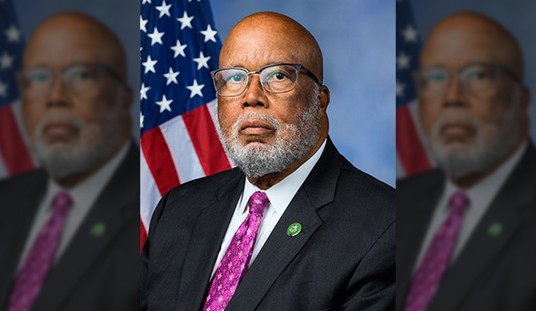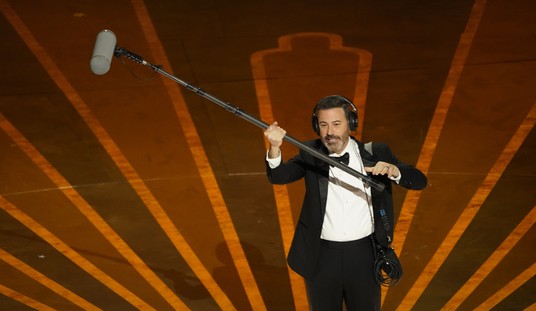As Europe goes back to the drawing board, following a mild setback in its space flight efforts, Elon Musk's SpaceX decided to do something completely different: Let's go up and down, not right to left.
Liftoff of Fram2 and the @framonauts! pic.twitter.com/XBL5juCnHQ
— SpaceX (@SpaceX) April 1, 2025
READ MORE: Essex Files: A Friendly Competitor to Elon Musk's SpaceX Has a Mild Setback
On Monday night, SpaceX once again demonstrated the power of American ingenuity and free-market innovation with the successful launch of Fram2, the first crewed mission to orbit Earth’s North and South poles. Lifting off at 9:46 p.m. EDT from the Kennedy Space Center in Florida, the Falcon 9 rocket and Crew Dragon capsule carried four civilians from four nations into low-Earth orbit for a historic five-day journey. This mission, a testament to the pioneering spirit of private enterprise, marks a new chapter in space exploration—one driven not by bloated government NASA programs but by the vision and determination of individuals willing to push boundaries.
The launch was a spectacle of precision and teamwork. As mission control counted down—“Three, two, one, ignition and lift-off!”—cheers erupted from the crowd. Minutes later, the Falcon 9 reached Main Engine Cutoff (MECO), and the Crew Dragon separated from the rocket’s second stage, soaring into polar orbit. The first-stage booster, having burned through its fuel, returned to Earth and landed flawlessly on SpaceX’s droneship A Shortfall of Gravitas just over eight minutes after launch. Meanwhile, inside the capsule, the crew released a stuffed bear—their zero-G indicator—watching it float freely in the weightless environment. The Dragon’s nose cone opened, revealing a massive cupola window that will offer the crew breathtaking views of Earth’s polar regions.
Fram2 - the first human spaceflight to explore Earth's polar regions - lifts off from pad 39A in Florida only 17 days after Falcon 9 successfully launched @NASA's Crew-10 to the @Space_Station pic.twitter.com/90AV1DBlPj
— SpaceX (@SpaceX) April 1, 2025
This wasn’t just a technical achievement; it was a moment of national pride. “We’re honored to deliver you safely to your polar orbit,” mission control told the crew. “Enjoy the view of the poles, send some pictures, and our hearts will be with you as you go over the poles. Have a great flight.” Another controller added, “God speed Fram2. Cheers!” These words reflect a shared sense of purpose and optimism—values that have long defined America’s approach to exploration.
The Fram2 crew—dubbed “framonauts” by SpaceX—consists of four remarkable individuals: mission commander Chun Wang of Malta, a bitcoin entrepreneur driven by a lifelong curiosity about the unknown; vehicle commander Janice Mikkelsen of Norway, a skilled cinematographer; pilot Rabea Rogge of Germany, a robotics expert; and Eric Phillips of Australia, an adventurer serving as the mission’s medical officer. These aren’t government-trained astronauts but everyday people who, through grit and rigorous preparation, have earned their place in space. Mikkelsen, speaking to CBS News, dismissed the notion of this being mere “tourism.” “I wish it was tourism,” she said. “Our education has lasted well over a year, so I have never studied so hard for a three-and-a-half-day expedition in my life.” Her words underscore the dedication required—a reminder that excellence isn’t handed out; it’s earned.
This mission, SpaceX’s third privately funded civilian spaceflight, embodies the principle that the private sector can achieve what government monopolies often fail to deliver. Named after a legendary early 20th-century ship that ventured farther north and south than any other, Fram2 could set its own records as the first spacecraft to orbit Earth’s poles. Launching into a 90-degree circular orbit, the flight path took it south over Miami and Cuba—a rare trajectory from Florida, where most missions historically veer eastward. Jon Edwards, a SpaceX vice president, noted the uniqueness: “If you were in Miami and you looked straight up… you would see the rocket and the crew flying right overhead.”
RELATED: Amazing Visuals As SpaceX Launches Mission to Help Rescue Astronauts -With One Ugly Media Reaction
Splashdown! Dragon Returns With Stranded Astronauts, Landing in Gulf of America
Over the next few days, the crew will conduct over a dozen experiments, from growing mushrooms to taking X-rays of the human body in orbit—practical research that could benefit life on Earth. After splashdown in the Pacific Ocean off Southern California, scheduled for Friday or Saturday, they’ll exit the Dragon capsule without external assistance, providing valuable data on human performance post-spaceflight. This self-reliance aligns with a core value: individuals taking responsibility for their own success.
We are about to see PICTURES of Antarctica from space by Fram2.
— A. Pettit (@PettitFrontier) April 1, 2025
It has never been done by humans. The closest latitude the ISS gets to Antarctica is the South Georgia Islands.
This @astro_Pettit photo is the best most astronauts have seen of it.
Historic precedence incoming. https://t.co/aNXb4LxSqn pic.twitter.com/NQE5OWHRUg
Fram2 is more than a mission; it’s a symbol of what’s possible when innovation is unshackled from bureaucratic red tape. SpaceX, under Elon Musk’s leadership, has consistently proven that the free market can drive progress faster and more efficiently than government agencies. While the crew gazes at Earth’s poles through their cupola window, Americans can look up with pride, knowing this achievement reflects the strength of a system that rewards hard work, risk-taking, and vision. In an era where government overreach often stifles ambition, Fram2 stands as a bold reminder: the sky’s no longer the limit—it’s just the beginning.













Join the conversation as a VIP Member